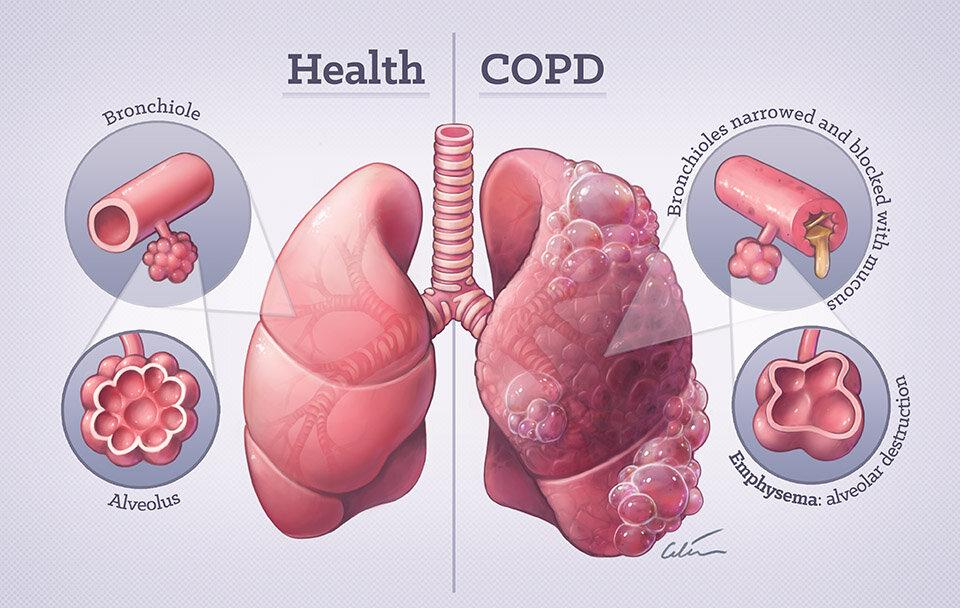In the realm of modern medical sciences, nanomedicine stands out as a transformative field, combining the precision of nanotechnology with therapeutic and diagnostic prowess. This cutting-edge domain utilizes nanoparticles to effect monumental changes in the way diseases are treated and diagnosed, emphasizing the significance of advancements within the micro-scale environments of biological systems. This article, in exploring the complexity nanomedicines, their historical development, and the role of nanoparticles in the bloodstream, highlights how innovations in this area are reshaping healthcare. For those interested in delving deeper into the world of tiny but mighty particles, the website Power of Particles (https://powerofparticles.com/) offers a comprehensive resource.
The Complexity of Nanomedicine
Nanomedicine leverages the unique properties of materials at the nanoscale, typically between 1 to 100 nanometers, where particles behave distinctively compared to their bulk counterparts. This complexity arises not only from the size of the nanoparticles but also from their increased surface area to volume ratio, which can significantly enhance reactivity and functionality. At this scale, materials can exhibit quantum effects and increased solubility, making them ideal for navigating the intricate environments of the human body.
The design of nanomedicines involves intricate engineering to achieve targeted delivery, where therapeutic agents are directed precisely to an affected site, minimizing side effects and maximizing efficacy. This targeted approach is particularly effective in cancer treatment, where nanoparticles are designed to accumulate in tumor tissues due to the enhanced permeability and retention (EPR) effect—a phenomenon where broken tumor vasculature allows nanoparticles to enter and stay within tumor sites more easily than in normal tissues.
Nanomedicine History
Tracing the nanomedicine history reveals a fascinating journey of interdisciplinary research and innovation. The concept can be somewhat attributed to Richard Feynman’s famous 1959 lecture, “There’s Plenty of Room at the Bottom,” which speculated on the potential to manipulate materials atom by atom. However, the actual term “nanomedicine” was first introduced in the 1990s, marking the beginning of its formal study and application.
The evolution of nanomedicine has been marked by several key milestones. In the early 2000s, the development of liposomes and polymeric nanoparticles for drug delivery demonstrated the potential for nanostructures to improve the delivery of therapeutic molecules. Further progress in imaging and diagnostics saw the introduction of quantum dots and magnetic nanoparticles, enhancing the sensitivity and resolution of imaging techniques used in medical diagnostics.
Nanoparticles in Blood
Nanoparticles in blood represent a groundbreaking development in the field of nanomedicine, particularly due to their dynamic interactions within the bloodstream. One of the pivotal applications of these nanoparticles is their role in enhancing medical diagnostics and therapeutic interventions. When engineered nanoparticles are introduced into the blood, they are meticulously designed to interact with specific biological markers. This specificity facilitates the targeted delivery of drugs, optimizing therapeutic outcomes by ensuring that medications are delivered directly to the sites where they are most needed. Moreover, nanoparticles in blood can act as powerful diagnostic tools. For example, magnetic nanoparticles are utilized in magnetic resonance imaging (MRI) to provide clearer and more detailed images of internal body structures. This capability significantly aids in making more accurate diagnoses. Exemplifying how nanoparticles in blood can revolutionize both the approach and efficacy of medical treatments.
Moreover, nanoparticles can be coated with specific ligands that bind to proteins or cells unique to certain diseases. This capability is particularly advantageous for the treatment of vascular diseases and cancers, where nanoparticles can deliver chemotherapy agents directly to the tumor site, thus reducing the systemic toxicity associated with conventional chemotherapy.
Future Prospects and Ethical Considerations
As the field of nanomedicine continues to evolve, it promises to bring more sophisticated solutions to complex medical challenges. Future research is likely to focus on multi-functional nanoparticles that can simultaneously diagnose, report, and treat diseases within a single platform. However, with great power comes great responsibility. The complexity of nanomedicines introduces new challenges in terms of bio-distribution. Toxicity, and long-term effects in the human body, necessitating rigorous clinical trials and ethical considerations.
Ethical concerns also extend to issues of privacy, consent, and access to nanomedicine technologies. Ensuring that these revolutionary treatments benefit a broad spectrum of the population without exacerbating existing inequalities is essential for their ethical integration into healthcare.
Conclusion
Nanomedicine represents a frontier of medical science. That combines the intricate engineering of nanoparticles with the complex biochemical pathways of the human body. From its historical roots to its current applications and future potential. Nanomedicine offers promising solutions to some of the most persistent and challenging diseases of our time. As we advance, it is crucial to balance innovation with ethical considerations to fully realize the potential of nanomedicine while ensuring it serves the greater good.
For those intrigued by the ongoing developments in nanomedicine and the intricate world of nanoparticles, visiting Power of Particles (https://powerofparticles.com/). Provides a gateway to further exploration and understanding of these complex and potent particles. This resource is dedicated to disseminating knowledge and fostering discussions that push the boundaries of what medical sciences can achieve through the power of nanoparticles.





